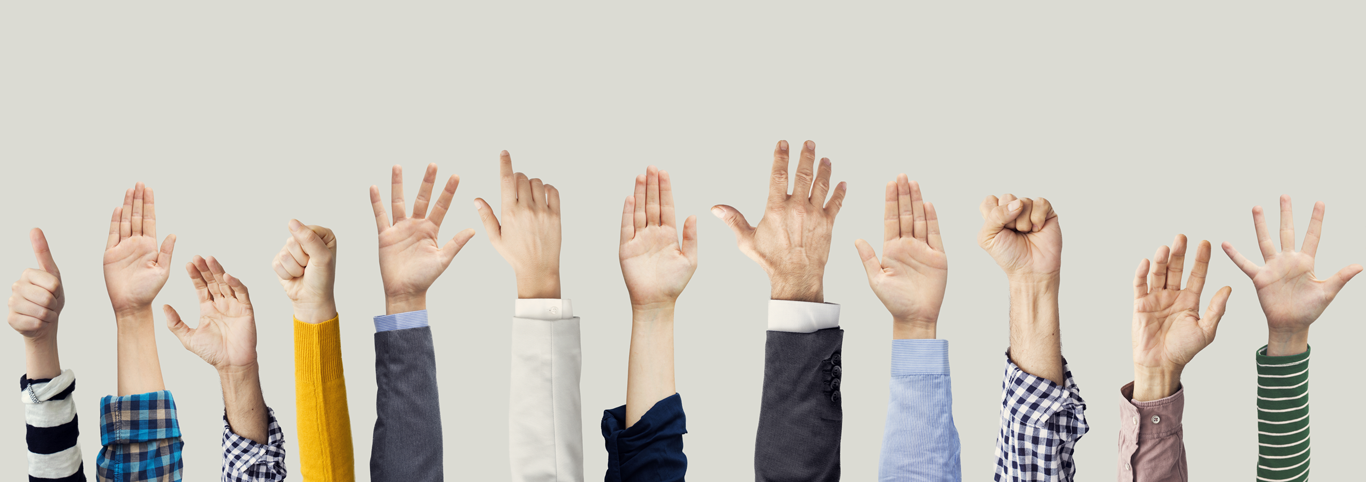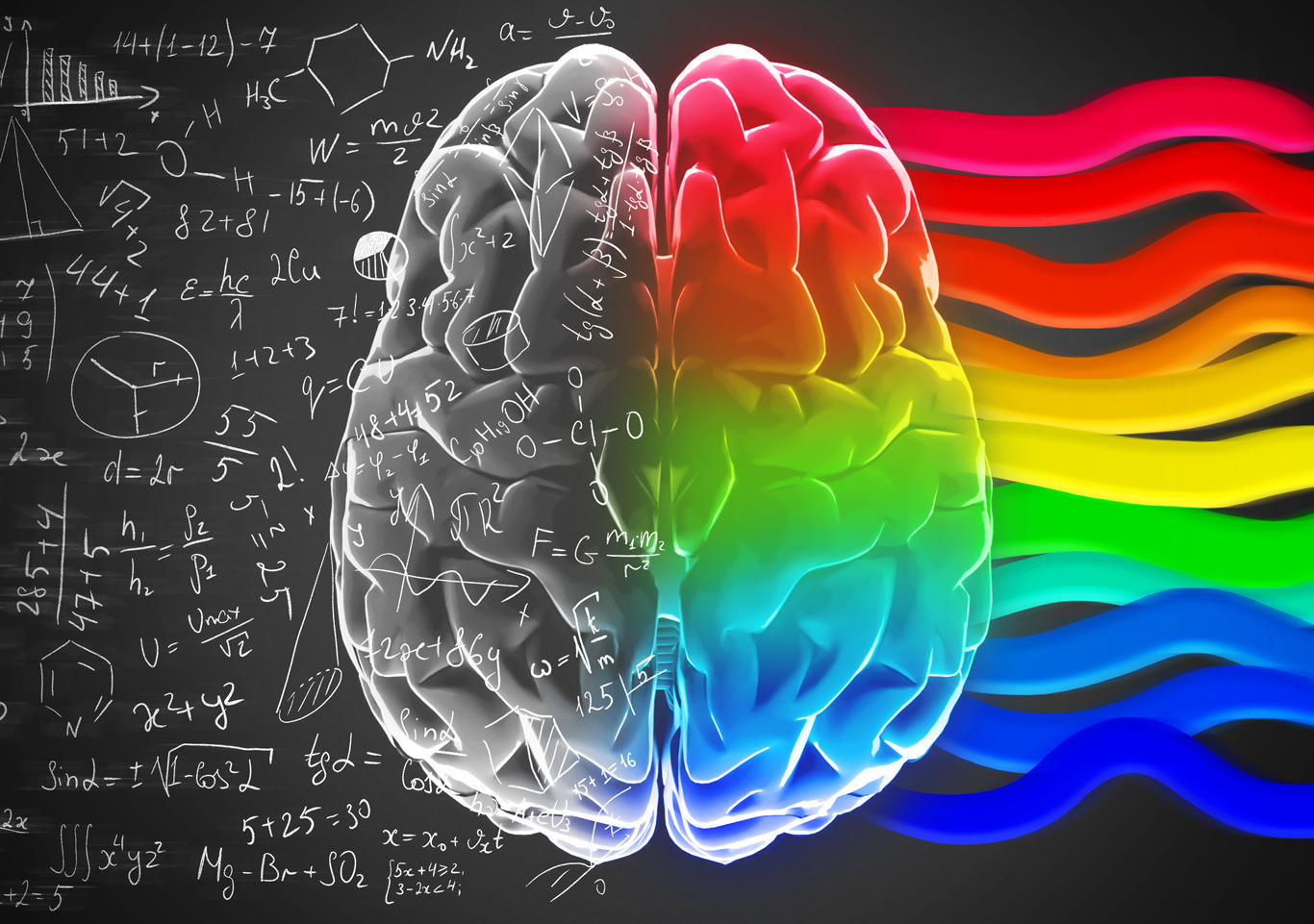Have you ever had to sit at one end of the table to prevent bumping elbows with others at a restaurant? Do you constantly get ink smudges on the bottom of your hand as you write from left to right? Or do you have a tough time cutting with a pair of scissors?
Friends, to some, these might be silly scenarios but, to others, these struggles are real. There’s a group of people that answered yes to these questions and know exactly what I’m talking about.
August 13 has been designated as International Left-Handers Day. How awesome is it that there’s a specific day to celebrate 10 percent of the population?

I’ll readily admit that I’m in that 10 percent. I know the feeling of sitting at the end of the table, wearing smudge marks, and struggling with using scissors. However, I’m honored to be a part of this special group of people. After researching International Left-Handers Day, I feel obliged to share with you some history and science about us southpaws.
Sinister Southpaws
You’d never think it, but for the longest time, left-handers were seen as outcasts to society and viewed as sinister (TIME). In fact, one of the definitions of sinister that Merriam-Webster provides is “. . . of, relating to, or situated to the left or on the left side of something” (Merriam-Webster).
In the Middle Ages, the left-hander lived in constant fear of being accused of practicing witchcraft. TIME mentions, “The Devil himself was considered a southpaw, and he and other evil spirits were always conjured up by left-handed gestures.” Interestingly enough, if you browse many images in which the Devil is portrayed, the Devil is normally left-handed (Anything Left-Handed).
In addition, during the mid-20th century, if you were left-handed, you were considered to have a developmental abnormality and were retrained to write with your right hand (Quartz).
Thank goodness I didn’t live during any of those periods! Certainly, times have changed.
But what about the science behind your handedness?
Why Right or Why Left?
Aside from the incredibly important and deep “chicken or the egg?” conundrum lies the reality that we all want to know: how we become right-handed or how we become left-handed.
The fact of the matter is we don’t know, but there is some research that helps us better understand.

For example, scientists in the UK and the Netherlands have researched the relationship between our handedness and genetic code. Their research shows that a specific string of genes, known as PCSK6, is likely related in determining why we are left- or right-handed (Science of People). This happens before the baby is even born!
Another point to consider is that handedness is determined in some degree by your parents’ genes. Research shows that handedness could be around 25 percent hereditary, which means there could be many other factors that help determine which hand you use (Frontiers for Young Minds).
Another theory as to why we might be left- or right-handed has to do with imitating our surroundings at a very early age. I’m sure we’ve all heard this before: “You can’t be what you can’t see.” Children tend to learn, imitate, and copy from their parents and caregivers. If a parent is left-handed, perhaps children simply imitate what they see until use of their left hand becomes habit.
By all accounts, your handedness, whether right or left, could be determined strictly by random chance as well.
Does Being a Lefty Help You Athletically?
Still other information shows that whether you are right- or left-handed is a direct reflection of the structure of your brain and how it acts in different circumstances. The brain has two hemispheres; research shows that the hemispheres of left-handed people tend to interact with each other more quickly and efficiently than those of right-handed people (NCBI). A quicker and more efficient brain leads to quicker reaction and processing times.

Some believe this gives an advantage to left-handers in competitive sports such as baseball. Some of America’s baseball greats – Babe Ruth, Lou Gehrig, and Ty Cobb – were lefties. Surprisingly, while only 10-15 percent of the world’s population are lefties, statistics show that a whopping 25 percent of all Major League Baseball players are left-handed (Live Science). Perhaps this is due to the faster connection times in the brain.
However, that’s not to say that left-handers are the only standout athletes because there are amazing right-handed athletes as well. I certainly didn’t get that gene! But research shows that being a lefty might help you in your sports and other physical activities.
Beyond the Lefty-Righty Conundrum
Looking past all the research completed on our unique handedness lies the fact that we’re all individuals who have a capacity to learn, whether we’re right- or left-handed.
While today is a day to celebrate all the special lefties, take time to remember to help all your students with hands-on, minds-on learning. Get them involved in things that use both sides of the brain and both hands. Allow them to fail and allow them to think.
Here is more information on Left-Handers Day.
Sources:
“Why Are You Right or Left Handed?”
“Your Left-Handed Brain”
“The Greatest Left-Handed Athletes of All Time”
“How Left-Handed People Think and Feel Differently”

TOPICS: BEYOND THE CLASSROOM, Culture, Science, Resources, Social and emotional learning



